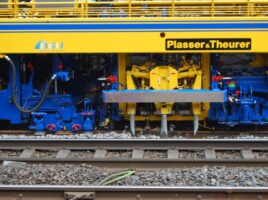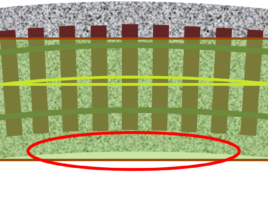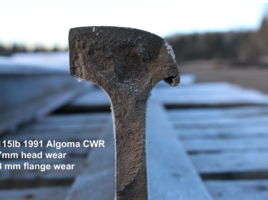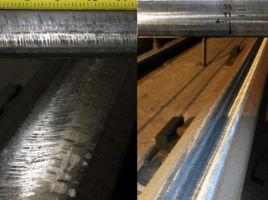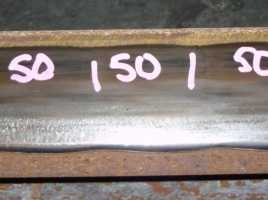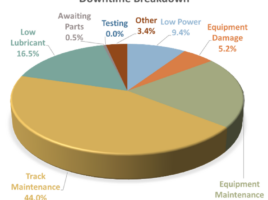
Management and Maintenance: Capitalizing on Friction Modifiers
Friction management (FM) in railroads balances necessary traction and braking against wear and noise caused by steel-on-steel friction. Effective FM requires continuous management, as shown by studies illustrating significant benefits, including fuel savings and reduced rail wear. Challenges include maintenance logistics and aging equipment, necessitating trained personnel for optimal performance.

